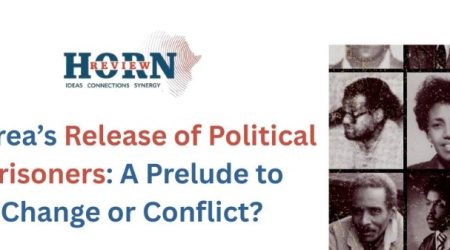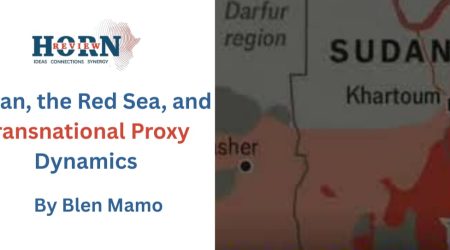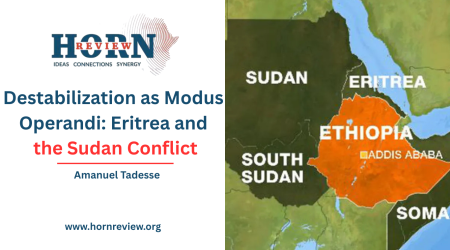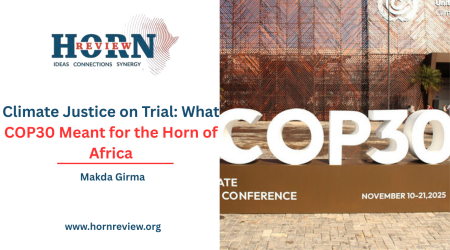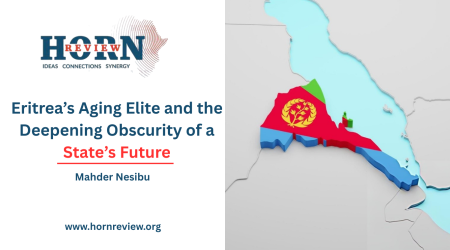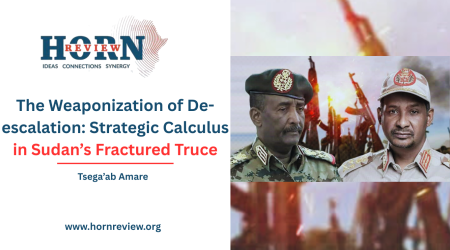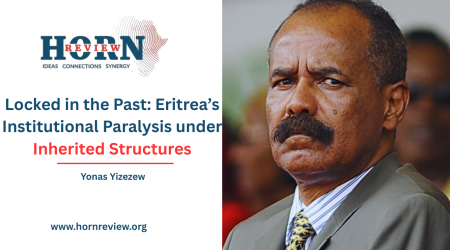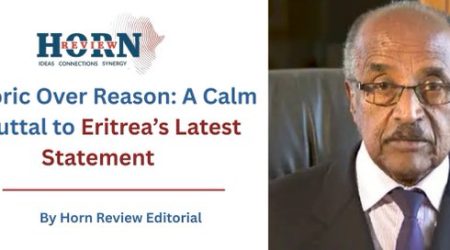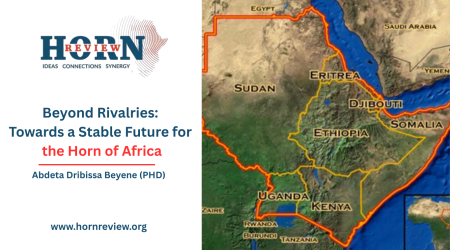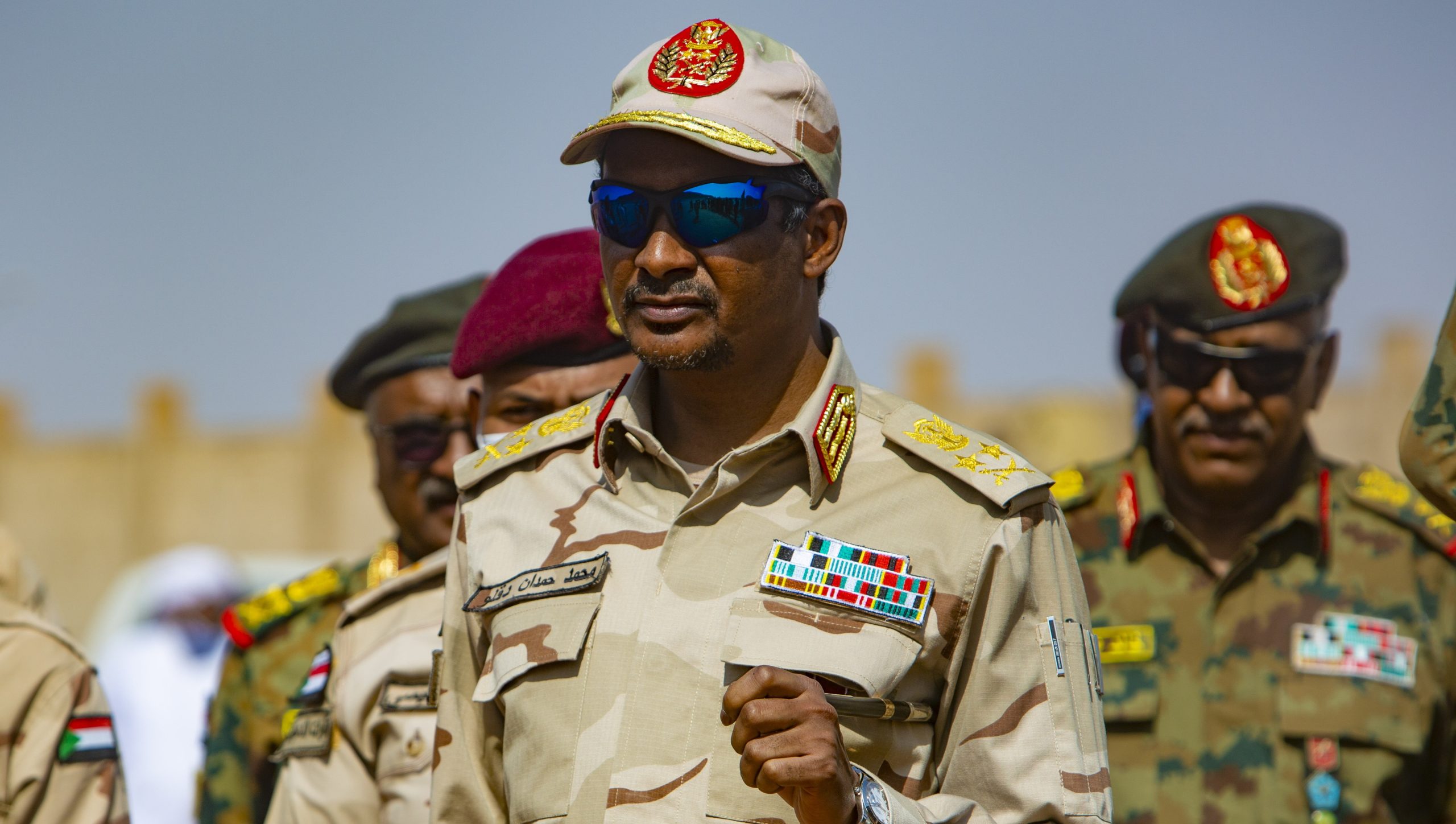
5
Oct
Echoes Of Fragmentation: Sudan through Libya’s Mirror
On August 30, 2025, Mohammed Hamdan Dagalo (Hemedti) was sworn in as head of a parallel government in Nyala, South Darfur. This momentous occasion marks a formal transformation of battlefield authority into the ostensible trappings of territorial rule. The significance of this event lies in the dual nature of statehood, which combines both performative and coercive elements.
The creation of administrative apparatuses, councils, and ministries fosters an impression of permanence that is crucial for local populations, rival claimants, and external patrons alike. Understanding these transformations is facilitated through a comparative lens: Libya offers a particularly instructive precedent. Khalifa Haftar transformed his control over eastern territories into a semi-autonomous polity by seizing resource corridors and securing external military and political support, thereby converting tactical conquests into a resilient counter-state.
For such projects to endure, two foundational elements are essential: access to resource rents that finance patronage networks, and external endorsement that provides material support, market access, and diplomatic cover. In Sudan, dominance over gold-bearing territories—including industrial and artisanal sites around Jebel Amer, as well as newly exploited deposits elsewhere—has become a cornerstone of RSF financing. These revenues flow through local taxation, cross-border networks, and intermediaries that convert raw gold into hard currency, sustaining fighters’ pay, procurement, and clientelist networks. At the same time, the administration’s performative functions, from local governance to passport issuance, consolidate political advantages derived from these revenues.
SudallParallels, Divergences, and Regional Contagion
The post-2011 Libyan experience illustrates how the combination of resource appropriation and foreign patronage can entrench rival administrations. Oil rents sustain competing authorities, external patrons maintain client ties, and formal peace becomes politically costly for entities benefiting from the status quo. This explains why armed entrepreneurs often prioritize de facto sovereignty over negotiated reintegration: autonomy preserves both political dominance and revenue streams.
Since 2019, Sudan’s trajectory echoes these dynamics, though on a far larger scale. The conflict that escalated into open war in 2023 has generated levels of displacement and humanitarian need that surpass Libya’s worst years, with an estimated 12 million people uprooted by mid-2025. Scale fundamentally alters strategy. Sudan’s larger population, greater ethnic diversity, and contiguous borders with seven unstable nations create pathways for refugee flows, arms trafficking, and jihadist recruitment, producing cross-border spillovers that Libya’s geography did not consistently permit.
The transactional nature of external involvement is increasingly evident. Sudan’s military has publicly accused forces linked to Libya’s Haftar of conducting border attacks in conjunction with the RSF. This episode signals active Libyan participation in the conflict, illustrating how interstate patronage and foreign militias intersect with internal war economies. These dynamics introduce external veto powers into domestic political bargains and expand the range of stakeholders that must be engaged for any potential settlement.
Scenarios and the Logic of Leverage
The spectrum of plausible outcomes can be conceptualized along three lines. The worst-case scenario involves rigid partition, in which rival polities consolidate power, foreign patrons intensify their support, and stateless zones persist as havens for armed groups and illicit economies. The intermediate scenario is a frozen impasse, with frontlines stabilizing into de facto entities that perpetuate economic distortion and humanitarian crisis. The best-case scenario depends on synchronized pressure that reduces the profitability of militarized rule and restores political space for civilian actors.
Targeting economic linchpins is central to altering incentives. Recent research attributes substantial RSF revenues to gold extraction and related trading networks. Disrupting the nodes that convert mined gold into foreign currency diminishes the capacity to maintain armed factions and increases the political cost of continued conflict. Critical chokepoints include couriers, intermediary firms, traders, and market channels that convert illicit metals into legitimate imports.
Diplomatic denial amplifies the impact of financial interventions. Refusing recognition restricts access to accreditation, banking, and international trade privileges that confer practical advantages of statehood. The United States’ imposition of sanctions on RSF leadership exemplifies how such measures can curtail mobility and financial reach. However, sanctions alone are insufficient. Unilateral measures without regional coordination may drive patronage and trade into opaque networks unless complemented by local humanitarian support and viable economic alternatives.
Regional coordination functions as a force multiplier. When major import markets and neighboring states synchronize enforcement efforts through legal mechanisms, heightened import scrutiny, and port control, the liquidity available to armed actors diminishes, and incentives for negotiated settlement increase. The Libyan precedent demonstrates that piecemeal external engagement can entrench fragmentation rather than resolve it.
A politically feasible approach therefore combines several elements: explicit public denial of diplomatic recognition for entities claiming sovereign functions without broad legitimacy; targeted measures aimed at financial and commercial nodes that launder resource revenues; coordinated regional pressure on external patrons that supply logistics, markets, and arms; and simultaneous expansion of humanitarian access and support for local governance alternatives so communities possess credible options beyond armed patronage. Evidence from recent enforcement efforts indicates that when these levers operate in concert, the profitability of armed rule declines, increasing incentives for negotiation.
Hemedti’s Nyala administration represents a critical inflection point: the deliberate conversion of militia command into an apparatus that mimics state functions while remaining dependent on extractive rents and external sponsorship. The Libyan precedent warns that such entities are difficult to dismantle once entrenched. Sudan’s larger scale and deeper regional embeddedness amplify the risks, making it more likely that fragmentation could destabilize multiple states along the Sahel-Horn axis if left unaddressed.
The policy takeaway is fundamentally strategic: containing warlord polities requires consistent, synchronized actions that disrupt both the diplomatic veneer and the financial foundations of armed autonomy while protecting civilian spaces and livelihoods. Failure to implement such a coherent approach risks normalizing a new political order in parts of Africa, characterized not by failed unitary states but by durable, revenue-driven fiefdoms sustained through continuous conflict.
By Bezawit Eshetu, Researcher, Horn Review

